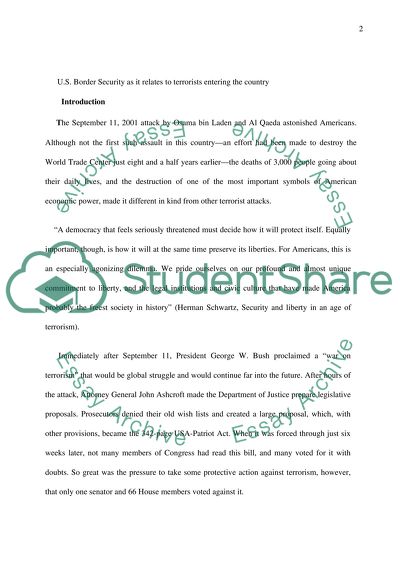Cite this document
(“U.S. Border Security Essay Example | Topics and Well Written Essays - 2500 words”, n.d.)
Retrieved from https://studentshare.org/politics/1519124-us-border-security
Retrieved from https://studentshare.org/politics/1519124-us-border-security
(U.S. Border Security Essay Example | Topics and Well Written Essays - 2500 Words)
https://studentshare.org/politics/1519124-us-border-security.
https://studentshare.org/politics/1519124-us-border-security.
“U.S. Border Security Essay Example | Topics and Well Written Essays - 2500 Words”, n.d. https://studentshare.org/politics/1519124-us-border-security.


